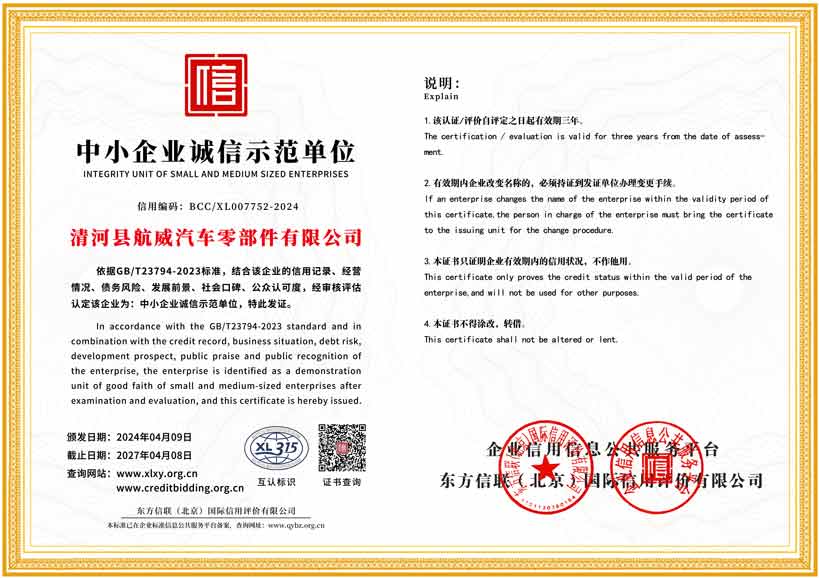Understanding the Functionality of Push and Pull Throttle Cables in Mechanical Systems
Understanding Push and Pull Throttle Cables Mechanisms and Applications
Throttle cables are critical components in various mechanical systems, particularly in engines and vehicles where they play an essential role in regulating power and speed. Among the various types of throttle cables, the push and pull throttle cable configuration stands out due to its unique mechanics and applications. This article aims to delve into the workings of push and pull throttle cables, their design considerations, and their significance in automotive and machinery operations.
Mechanics of Push and Pull Throttle Cables
The push and pull throttle cable system consists of two distinct cables one designed to push and the other to pull. The push cable typically connects the accelerator pedal to the throttle body, allowing the driver to increase the engine's power output. Conversely, the pull cable can be utilized to close the throttle, thereby reducing engine power. This dual-action capability ensures a seamless transition while accelerating or decelerating, which is crucial for smooth vehicle operation.
When the driver presses down on the accelerator pedal, the push cable is engaged. This action pulls on the throttle lever, opening the throttle valve and allowing air to enter the engine at a greater volume. This increased airflow translates into more power and speed. When the accelerator pedal is released, the pull cable comes into play, pulling back on the throttle lever to close the valve and reduce engine power. This simultaneous action of pushing and pulling creates a responsive and balanced throttle control mechanism.
Design Considerations
The design of push and pull throttle cables involves several factors to ensure optimal performance. The materials used for the cables must be durable and resistant to wear and tear, as they are subject to significant stress during operation. Common materials include high-strength steel and nylon, which provide the necessary flexibility and strength.
push and pull throttle cable

Moreover, the routing of the cables must be carefully planned to avoid bending or kinking, which could impede their function. Proper installation is crucial, as a misaligned cable can lead to delayed or erratic throttle response, potentially compromising vehicle safety.
Applications in Automotive and Machinery
Push and pull throttle cable systems are widely used in the automotive industry, especially in cars, trucks, and motorcycles. They provide a direct and reliable method for controlling engine output, which is particularly important in performance vehicles where precision and responsiveness are paramount.
In addition to automotive applications, these throttle cables are also found in various machinery, such as lawnmowers, boats, and industrial equipment. They allow operators to control engines with accuracy, enhancing overall operational efficiency. For instance, in marine applications, push and pull cables enable boat operators to smoothly adjust engine speed for optimal performance on the water.
Conclusion
Push and pull throttle cables are vital components in many mechanical systems, notably in vehicles and machinery. Their design and functionality enable smooth acceleration and deceleration, contributing significantly to operational control and performance. By understanding how these throttle cables work and the considerations involved in their design, we can appreciate their importance in modern engineering and the role they play in delivering a safe and enjoyable driving experience. As technology continues to evolve, the development of more advanced throttle control systems may offer even greater precision and reliability in the future.
-
Workings of Clutch Pipe and Hose SystemsNewsJun.04,2025
-
The Inner Workings of Hand Brake Cable SystemsNewsJun.04,2025
-
The Secrets of Throttle and Accelerator CablesNewsJun.04,2025
-
The Hidden Lifeline of Your Transmission Gear Shift CablesNewsJun.04,2025
-
Demystifying Gear Cables and Shift LinkagesNewsJun.04,2025
-
Decoding Clutch Line Systems A Comprehensive GuideNewsJun.04,2025
